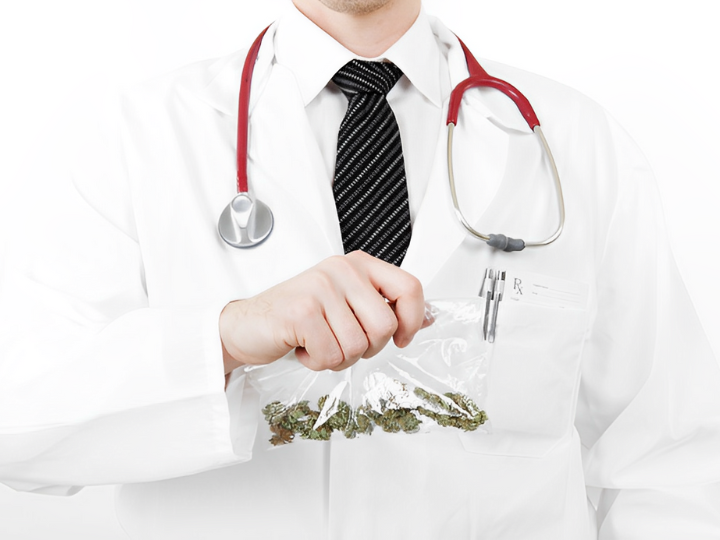Understanding The Facts About Medical Marijuana (MMJ): Putting Them Into Context
In today’s digital age, sifting through endless online data to distinguish genuine facts from myths is a challenge, particularly in the realm of medical marijuana (MMJ). With the vast universe of information at our fingertips, it’s hard to decipher fact from fiction, especially when it comes to medical marijuana (MMJ). Navigate the digital maze of medical marijuana (MMJ) insights. We will Dive into 100 research-driven facts that will deepen your understanding. Consumers are “starving” for content about medical weed from trusted resources with research-driven insights so they can take control of their health.
Are you ready to strengthen your knowledge and learn a few things? Let’s do this!
100 Facts About MMJ: What You need to Know
- Historical Context: Did you know that our ancestors, from diverse cultures spanning the globe, were well-acquainted with the therapeutic powers of cannabis? Yes, Cannabis has been trusted and used medicinally in almost all cultures for thousands of years.
- Active Compounds: The primary psychoactive compound is THC (tetrahydrocannabinol), but there are over 110 cannabinoids in the plant.
- CBD: Cannabidiol (CBD) is another major compound known for its therapeutic effects without the “high.”
- Entourage Effect: This is the belief that all the cannabis compounds work together to produce a greater effect than if taken separately.
- Forms of Use: It can be smoked, vaporized, eaten (as in edibles), taken sublingually, or applied topically.
- Conditions Treated: Common conditions treated include chronic pain, epilepsy, multiple sclerosis, and glaucoma.
- Cancer and Marijuana: Cannabis emerges as a solace, a ray of hope for many in their battles against cancer. Some patients use it to manage nausea and weight loss associated with chemotherapy.
- Epilepsy: Heart-wrenching stories of children with epilepsy have been transformed by CBD-rich strains which have proven to be game-changers, gifting many a normal life. FDA-approved Epidiolex is prescribed for children with epilepsy because it helps prevent or reduce seizures.
- Safety Profile: MMJ is considered safe, but it’s not without side effects or potential risks. “one of the safest therapeutically active substances known.” ~ Francis L Young, former DEA chief administrative law judge.
- Side Effects: These can include dizziness, “bloodshot eyes, “dry mouth, increased appetite, and altered judgment. With knowledge and moderation, they can be managed.
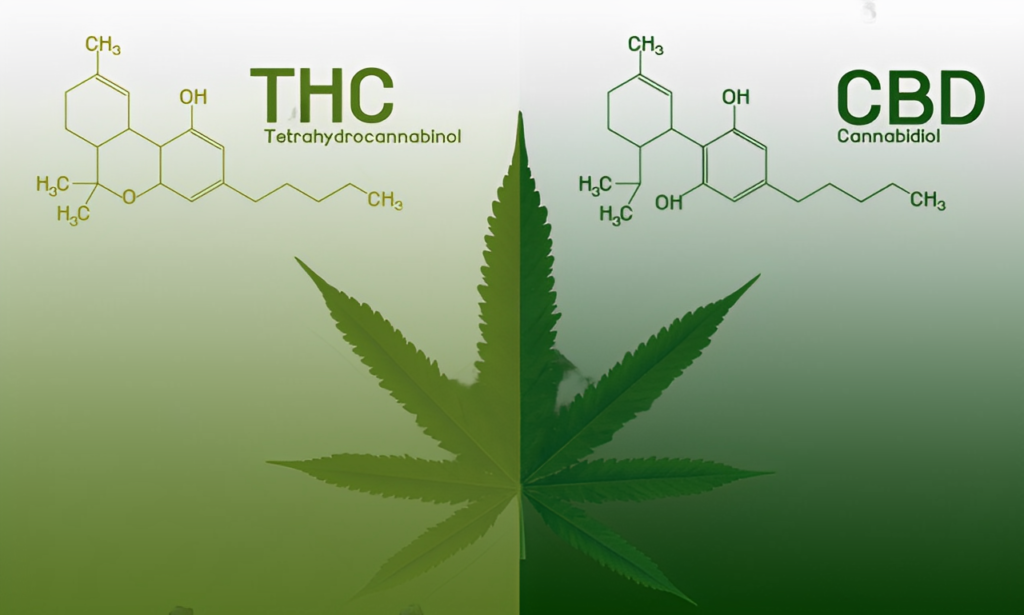
Strength in Unity: The Entourage Effect
Have you ever felt that some things are just better together? Researchers believe cannabinoids in marijuana do. This synergy termed the ‘Entourage Effect’, suggests cannabinoids are more potent together than individually. Each plays a distinct role, much like instruments in an orchestra. Alone, they’re effective. Together? They’re transformative.
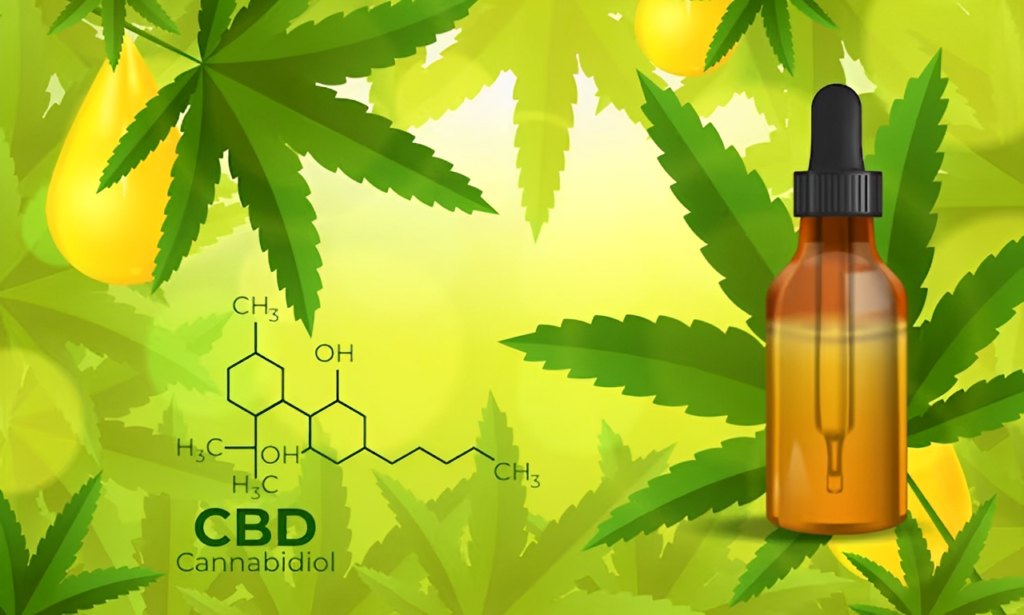
The Quiet Superhero: CBD
Imagine possessing all the healing without the “high.” That’s CBD for you. Cannabidiol, often overshadowed by its louder cousin THC, has therapeutic marvels that have transformed lives, especially those plagued by chronic conditions.
- Addiction Potential: There’s a risk of dependency, though it’s considered significantly lower than substances most prescription narcotics like opioids or alcohol.
- Medical vs. Recreational: Not all medical marijuana is high in THC; some strains are high in CBD and low in THC.
- Legality: Its legal status varies globally, with some countries/states allowing medicinal use, others allowing recreational use, some allowing both, and others prohibiting it entirely.
- Prescription: In places where it’s legal, a prescription or recommendation from a doctor is often required.
- Dispensaries: Specialized shops that sell cannabis products, often requiring a medical recommendation.
- Growing at Home: Some jurisdictions allow patients to grow their own cannabis plants.
- Federal vs. State Law: In the U.S., it remains illegal federally but is legal for medical use in many states.
- Research Challenges: Because of its legal status, research has been limited in many countries.
- Mental Health: Some studies suggest it can help with anxiety and PTSD, but it might exacerbate conditions like schizophrenia.
- CBD Oil: A popular product that contains CBD but often little to no THC.
- Endocannabinoid System: A system in the human body that interacts with cannabinoids and is involved in regulating various physiological processes.
- Tolerance: Over time, one may need to consume more to achieve the same effects.
- Withdrawal: Some users experience withdrawal symptoms like irritability, insomnia, and loss of appetite.
- Vaping Concerns: There have been health concerns around vaping cannabis products, especially those adulterated with other substances.
- Edibles: These can take longer to take effect than smoking or vaping but often result in a longer-lasting high.
- Overconsumption: Especially with edibles, there’s a risk of consuming too much, leading to uncomfortable effects.
- Dosing: It’s essential to start with a low dose and increase slowly, especially with edibles.
- Pediatric Use: Some children with severe conditions use medical marijuana, but its use in this population is controversial.
- Senior Use: The elderly may benefit from pain management and appetite stimulation.
- Drug Interactions: It can interact with other medications, so it’s essential to consult with a doctor.
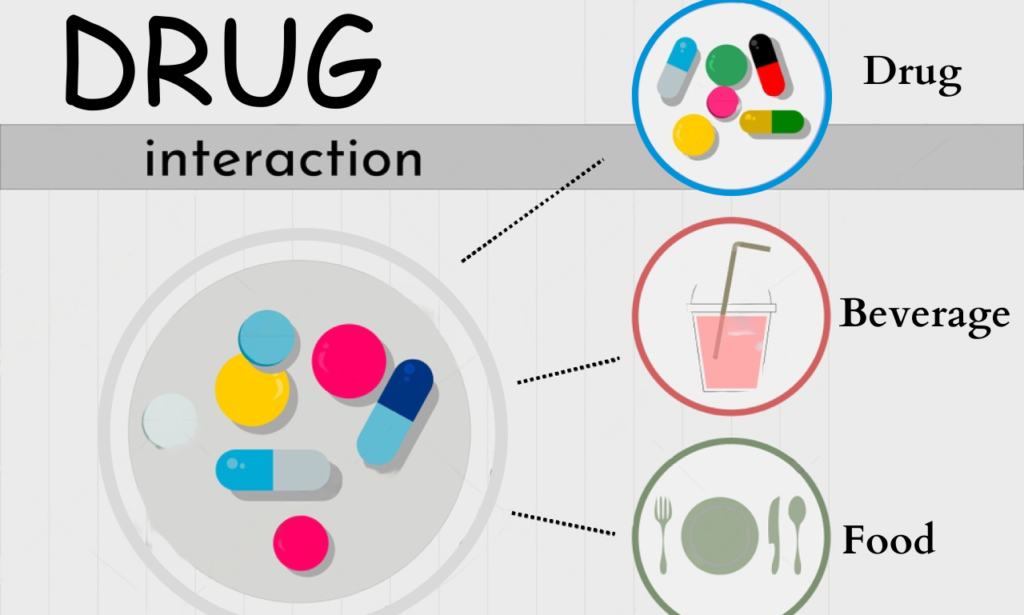
A Balanced View: Safety Profile
Like all things, cannabis too has its shadows. While generally safe, it demands respect and understanding to ensure beneficial use. The therapeutic potential of cannabis is vast and continually expanding, challenging the conventions of modern medicine.
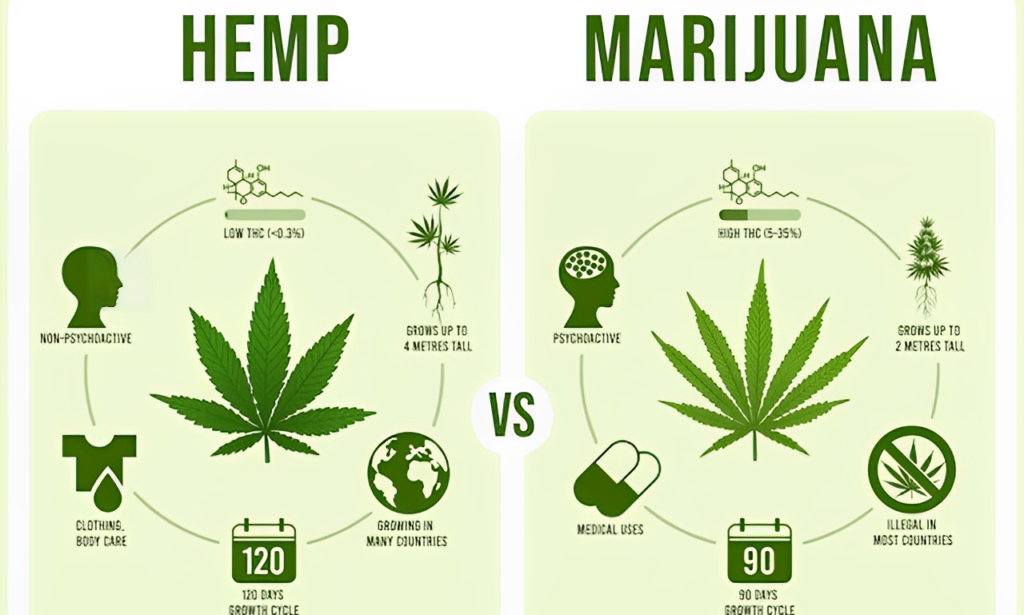
Beyond the High: Active Compounds
Like all things, cannabis too has its shadows. While generally safe, it demands respect and understanding to ensure beneficial use.
- Impaired Driving: THC can impair driving abilities; it’s illegal to drive under its influence.
- Pregnancy: It’s not recommended during pregnancy due to potential risks to the fetus.
- Breastfeeding: THC can pass into breast milk.
- Long-Term Effects: Chronic use might have long-term effects, but more research is needed.
- Cannabinoid Hyperemesis Syndrome: A rare condition where chronic users experience severe nausea and vomiting.
- Synthetic Marijuana: Products like “Spice” or “K2” are chemically different and can be much more dangerous.
- Strains: There are different strains (Indica, Sativa, and Hybrid) that may produce different effects.
- Terpenes: These are aromatic compounds in cannabis that may have therapeutic benefits.
- Hemp vs. Marijuana: Hemp is a type of cannabis with low THC content and is often used for CBD extraction.
- Medical Cards: Some states/countries require patients to have a medical marijuana card.
- Travel: Traveling with medical marijuana can be complicated due to differing laws.
- Veterinary Use: Some pet owners use CBD products for their pets, but research is limited and many veterinarians recommend CBD for anxiety and inflammation.
- Hemp Seed Oil: Different from CBD oil, it doesn’t contain cannabinoids but is nutritious.
- Topicals: These are creams or balms infused with cannabis, often used for localized pain.
- Decriminalization: Some places have decriminalized possession, reducing penalties or removing criminal charges.
- Cannabis Cultivation: Different strains require varying growing conditions.
- Cost: The price of medical marijuana varies from state to state because of taxes and isn’t covered by insurance except in rare cases like workers’ compensation.
- Banking Issues: Due to its federal status in the U.S., some dispensaries have banking challenges. We need Safe Banking to pass!
- Taxes: Some states tax medical marijuana, while others don’t.
- Research: More research is needed to fully understand all the benefits and risks.
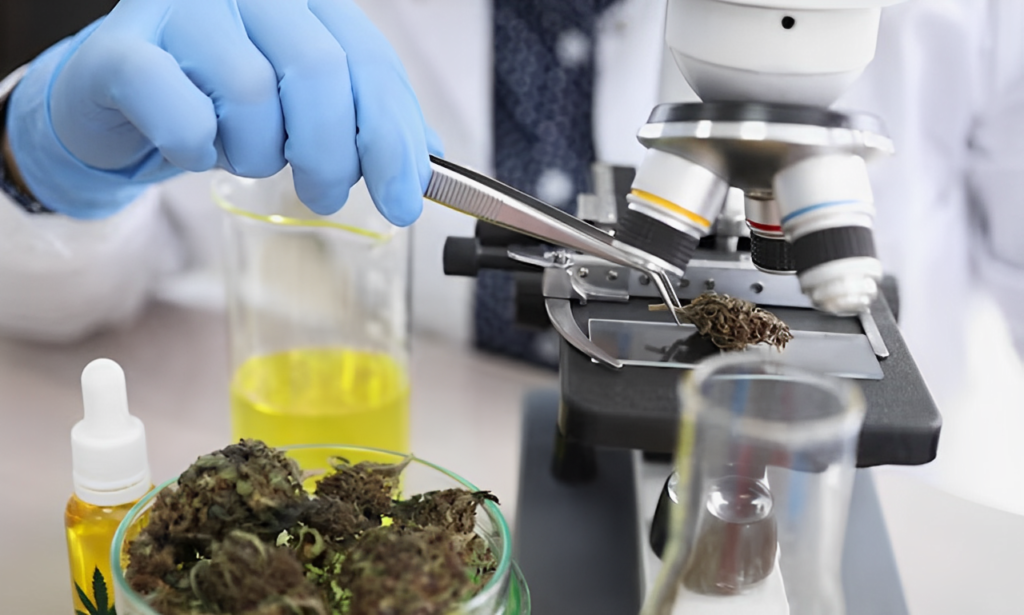
The Global Dichotomy: Acceptance vs. Resistance
A World Divided
From Amsterdam’s coffee shops to the strict regulations in parts of Asia, the world’s view on marijuana is polarized. As researchers and consumers unearth its medical wonders, the scales tip toward acceptance. There is a global awakening resulting in a marijuana renaissance.
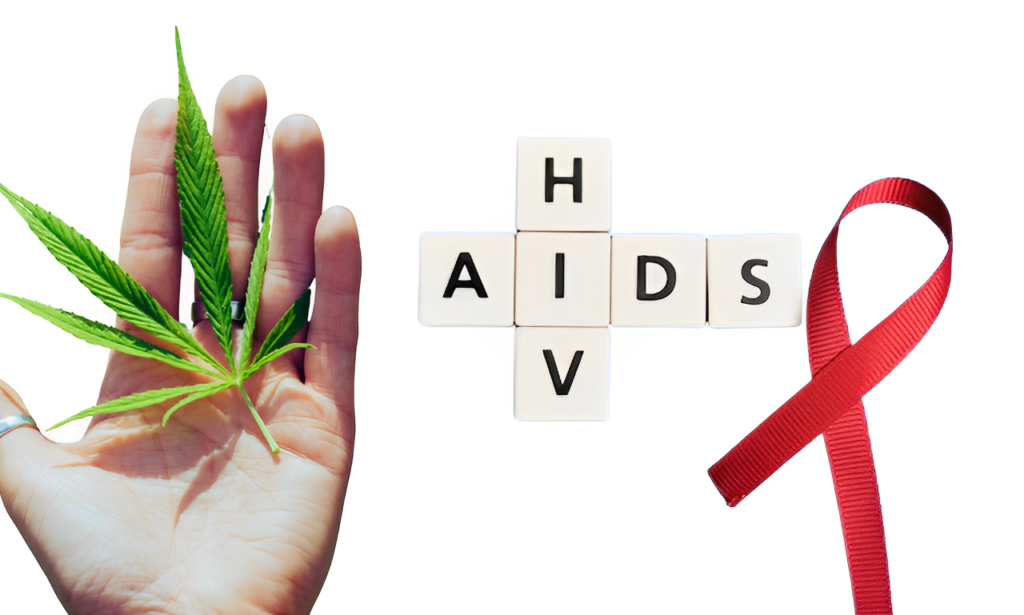
- Migraines: Some patients find relief from migraines using cannabis.
- Sleep: It can help with insomnia for some people.
- Appetite: THC is known to stimulate appetite.
- Neuroprotective: Some studies suggest it might have neuroprotective properties.
- Antioxidant: Cannabis has antioxidant properties.
- Anti-inflammatory: CBD is known for its anti-inflammatory effects.
- Chronic Pain: One of the most common reasons people use medical marijuana.
- Multiple Sclerosis: It can help with muscle spasms and pain associated with MS.
- Glaucoma: Historically used to reduce intraocular pressure.
- HIV/AIDS: Some patients use it to manage appetite and pain
- Crohn’s Disease: It can help with pain and inflammation associated with Crohn’s.
- Parkinson’s Disease: Some patients use it to manage tremors and pain.
- Arthritis: It can help manage pain associated with various forms of arthritis.
- ALS: Some ALS patients use it for symptom management.
- Opioid Epidemic: It’s being explored as an alternative to opioids for pain management.
- Storage: It should be stored in a cool, dark place, away from children.
- Safety Concerns: There are concerns about pesticides and contaminants in cannabis products.
- Lab Testing: Some states require lab testing for potency and contaminants.
- Homemade Edibles: Many patients make their own cannabis-infused foods.
- Cooking with Cannabis: THC is fat-soluble, so it’s often infused into oils or butter.
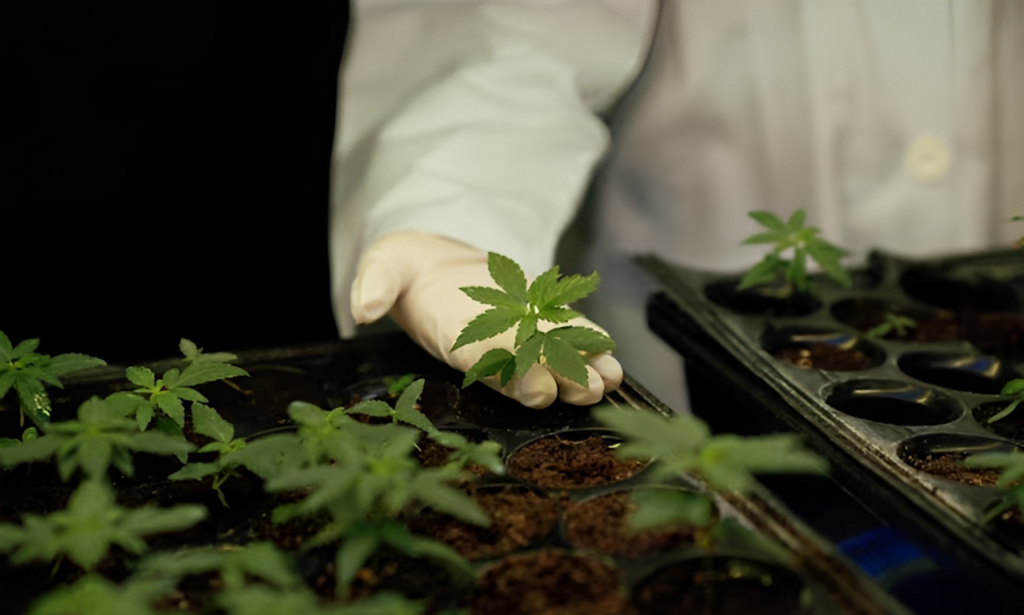
The Ancient Healers’ Best Kept Secret
Most believe that the medical use of marijuana is a modern phenomenon. Yet, archaeological digs in ancient China and Egypt have unearthed texts and artifacts hinting at its medicinal use dating back to 2737 BC. The ancient healers knew something that took us millennia to understand.
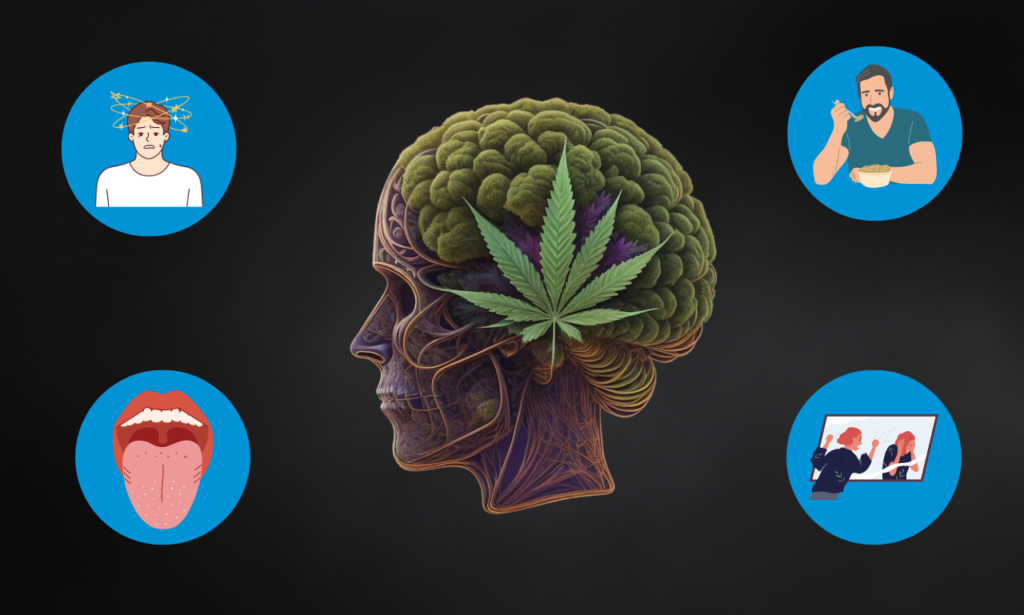
A Spectrum of Consumption
From smoking and vaping, into the dynamic world of edibles, to the subtleties of topicals and tinctures, the ways to embrace cannabis are as diverse as its users.
- Concentration: Products vary in their THC and CBD concentrations.
- Microdosing: Taking very small amounts to achieve therapeutic effects without a strong psychoactive effect.
- Delivery Methods: Beyond smoking, there are tinctures, patches, and even inhalers.
- Cannabis Research Restrictions: Historically, there have been significant barriers to cannabis research in many countries.
- Endocannabinoids: These are naturally occurring compounds in the body that interact with the endocannabinoid system.
- Receptors: CB1 and CB2 are the main cannabinoid receptors in the body.
- Recreational vs. Medical: Not all cannabis products in recreational shops are suitable for medical purposes.
- CBD:THC Ratios: Different conditions might benefit from different ratios of CBD to THC.
- Job Concerns: Even in states where it’s legal, using cannabis can have employment consequences.
- Sport and Cannabis: Some sports organizations prohibit its use, even for medical purposes.
- Youth and Cannabis: There are concerns about its effect on developing brains.
- Public Opinion: Public opinion on medical marijuana has evolved significantly over the years.
- Cannabis and Alcohol: Combining the two can enhance the effects of both.
- Medical Training: Not all medical professionals are trained in cannabis medicine.
- Cannabis Nurses: Some nurses specialize in cannabis medicine.
- Research Institutions: Some universities and institutions are now focusing on cannabis research.
- Cannabis Conferences: There are medical conferences dedicated to cannabis medicine.
- Patient Advocacy: Many patient advocacy groups support medical cannabis.
- Cannabis and Pets: When pets consume or inhale THC, they may exhibit symptoms like lethargy, unsteady movements, widened pupils, heightened sensitivity to stimuli, drooling, and loss of bladder control. One benefit pet owners report is that their pets are calmer after consumption.
- Cannabis Tourism: Some places have become destinations for those seeking cannabis treatments.
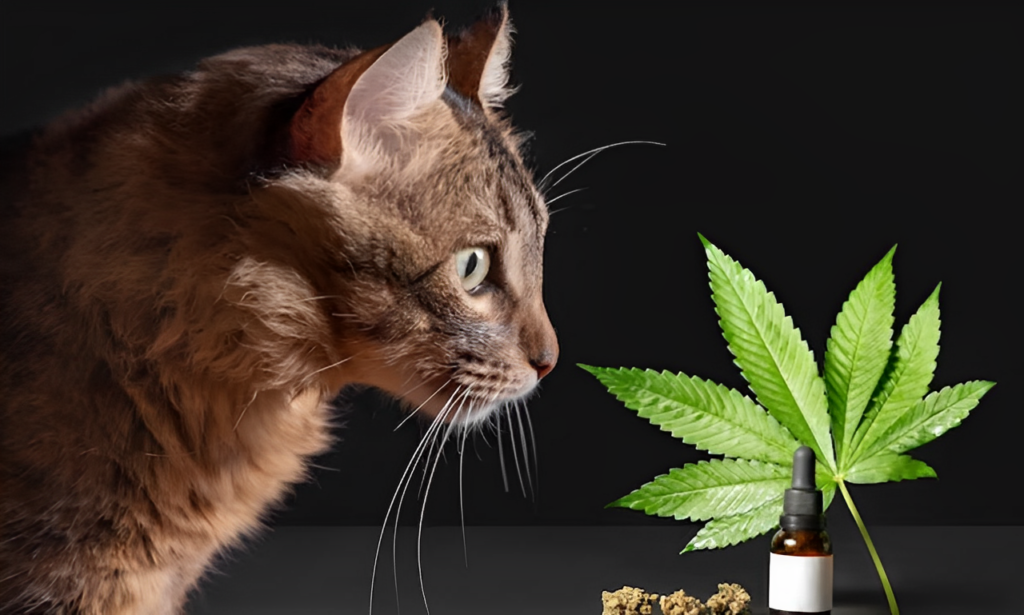
Cannabis Champion Compounds: Terpenes
It’s Not Just About the Scent
Have you ever been entranced by the aroma of different cannabis strains? Then you have you’ve experienced terpenes. These aromatic compounds have therapeutic benefits that most of us are completely unaware of. Nanostructured terpenes show significant promise in treating inflammatory diseases according to research studies.
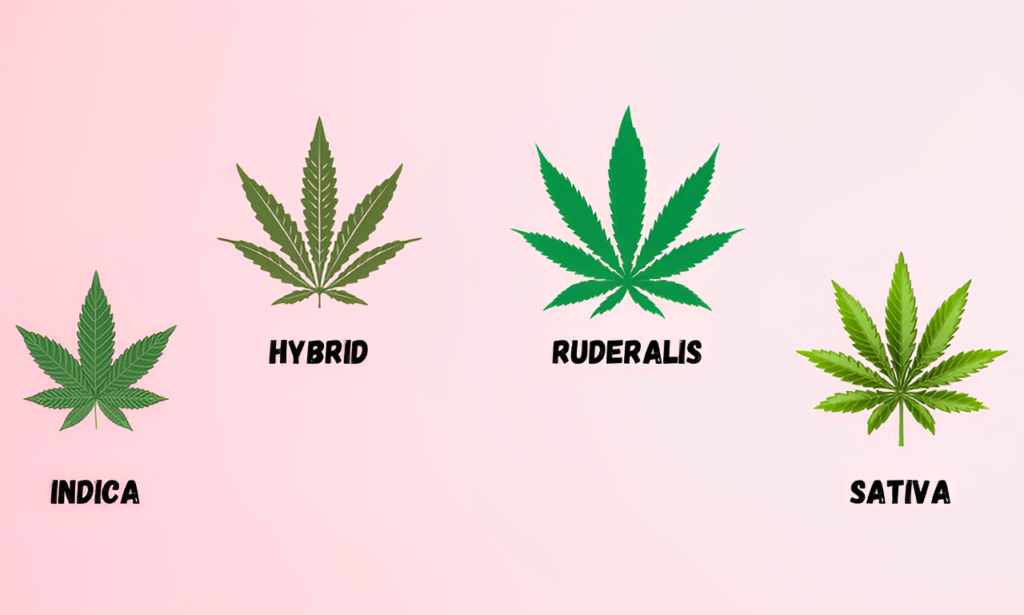
Endocannabinoid System: The Body’s Hidden Conductor
We aren’t just built to consume cannabis; we’re designed for it. Humans have a natural or innate connection with weed. Ever wonder why weed has such a profound impact on the human body?
The endocannabinoid system (ECS), a network intricately woven into our bodies, regulates emotions, pain, sleep, mood, appetite, reproduction and even memory. It plays a crucial role in orchestrating most physiological processes in animals, much like how a conductor leads an orchestra.
- History of Prohibition: Cannabis has faced periods of prohibition in various countries.
- Ancient Uses: Ancient texts and artifacts show cannabis was used in places like China and Egypt for medical purposes.
- Industrial Uses: Cannabis has a long history of industrial uses, like hemp for rope and textiles.
- Cannabis in Literature: References to cannabis can be found in various historical texts and literature.
- Cannabis and Religion: Some religious groups have used cannabis in rituals or as sacraments.
- Cannabis Activists: Many activists have fought for the medical and recreational use of cannabis.
- Future of Cannabis Medicine: As laws change, the future of cannabis medicine looks promising, with more research and new treatments anticipated.
- Safety Precautions: It’s essential to use cannabis responsibly and be aware of potential interactions and side effects.
- Cannabis and the Law: Always be aware of the local laws regarding possession, cultivation, and use.
- Individual Variation: People can respond differently to cannabis, so what works for one person might not work for another.
In our world, there are few topics as divisive as that of medical marijuana. But armed with the right knowledge, we can make informed decisions and perhaps view this ancient plant in a new light.
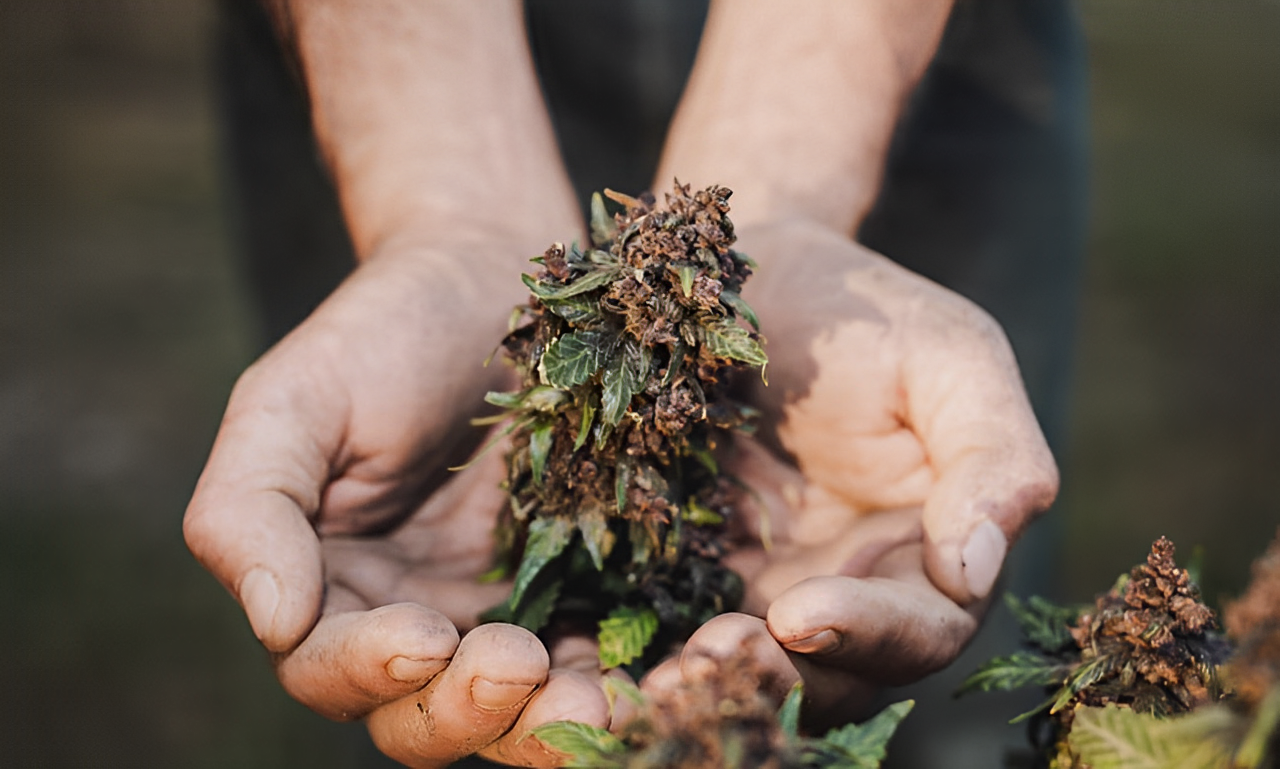
Can Marijuana Be a Path to Self Discovery?
Medical marijuana isn’t just another remedy; it’s a journey of self-discovery. Even Medical experts who have walked this path, both as a patient and a medical professional, can attest to its transformative power. Yet, like all journeys, it demands respect, understanding, and patience. Not only can cannabis help chronic medical conditions, but you might even find a few things about yourself that you never realized or addressed.
If you’re considering this path, remember: you’re not just exploring a plant, but uncovering centuries of history, connecting with your innate biology, and most importantly, discovering a version of yourself that’s been waiting to emerge might be a major wellness benefit in itself.
Personalizing Your Experience: Your Unique Symphony
Find Your Balance
Every individual resonates with cannabis differently. Some need the calm embrace of CBD, while others seek the invigorating touch of THC. Discovering your unique balance can be a transformative journey.
Closing Thoughts:
Many have walked the line between skepticism and wondering if MMJ is beneficial. But as we pull back the curtain on these facts about cannabis, you will leave more knowledgeable and with a renewed perspective. Remember, knowledge is empowering. If you ever find yourself at the crossroads of a decision, reflect on what you’ve learned today.
Whether you’re a patient, a caregiver, or just an inquisitive soul, always consult with healthcare professionals. Share this treasure trove of information with friends and family, and let’s foster a world where understanding trumps ignorance.


